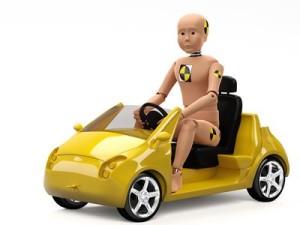 There are two complementary approaches to safety and quality improvement: desire and design.
There are two complementary approaches to safety and quality improvement: desire and design.
In the improvement-by-desire world we use a suck-it-and-see approach to fix a problem.
It is called PDSA. Plan-Do-Study-Act.
Sometimes this works and we pat ourselves on the back, and remember the learning for future use.
Sometimes it works for us but has a side effect: it creates a problem for someone else. And we may not be aware of the unintended consequence unless someone shouts “Oi!” It may be too late by then of course.
Sometimes it doesn’t work. And we have to just suck it up, remind ourselves to “learn to fail or fail to learn”, and get back on the horse.
The more parts in a system, and the more interconnected they are, the more likely it is that a well-intended suck-it-and-see change will fail completely or create an unintended negative impact.
And after we have experienced that disappointment a few times our learned behaviour is to … do nothing … and to put up with the problems. It seems the safest option.
In the improvement-by-design world we choose to study first, and to find the causal roots of the system behaviour we are seeing. Our first objective is a causal diagnosis.
With that we can propose rational design changes that we anticipate will deliver the improvement we seek without creating adverse side effects.
And we have learned the hard way that our intuition can trick us … so we need a way to test our proposed designs … in a safe, and controlled, and measured way.
We need a crash test dummy!
What they do is to deliberately experience our design in a controlled experiment, and what they generate for us is constructive, objective and subjective feedback. What did work, and what did not.
A crash test dummy is both tough and sensitive at the same time. They do not break easily and yet they feel the pain and gain too. They are robust and resilient.
And with their feedback we can re-visit our design and improve it further, or we can use it to offer evidence-based assurance that our design is fit-for-purpose.
Safety and Quality Assurance is improvement-by-design.
Safety and Quality Control is improvement-by-desire.
If you were a passenger or a patient … which option would you prefer?
PS. It is possible to have both.
